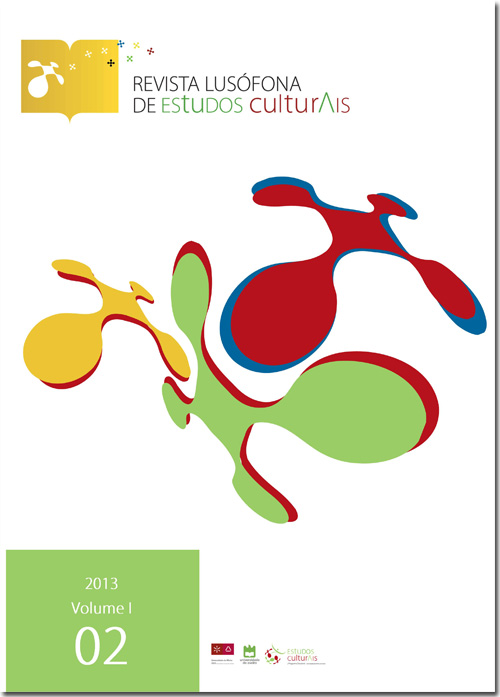BRACERO LIVES AND THE LACK OF IDLENESS IN “FREE TIME”
DOI:
https://doi.org/10.21814/rlec.37Keywords:
Bracero, leisure, migrant, reproductive labor, desire, genderAbstract
The Bracero Program recruited more than 4.5 million temporary Mexican male laborers to work in the agriculture industry in the U.S. from 1942-1964. This program represented one of the largest influxes of Mexican male migrants into the United States, and one of the biggest bi-national efforts of turning pre-modern laboring bodies into abject bodies. While the majority of Bracero scholarship focuses on nation, citizenship, modernity, the fracturing of the Mexican family, and migration, this essay provides an account of how power, legibility, and desire get configured in Bracero’s lack of leisure within the domestic sphere by examining selected images photographer Leonard Nadel’s 1956 documentary archive. It argues that even in times of supposed leisure, their gender roles were reconfigured through various forms of reproductive labor in the homosocial domestic sphere.
Downloads
Downloads
Published
How to Cite
Issue
Section
License
Authors own the copyright, providing the journal with the right of first publication. The work is licensed under a Creative Commons - Atribuição 4.0 Internacional License.












